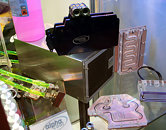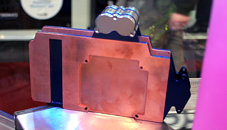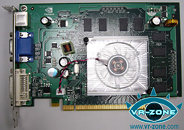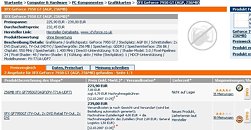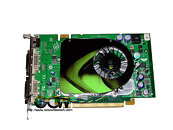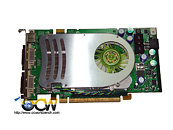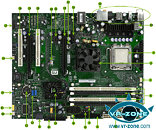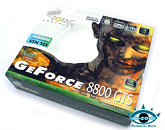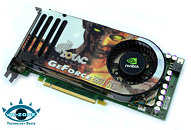
NVIDIA Folding@Home GPU client: where is it?
On February 16th of this year, NVIDIA went ahead and announced their new GPU computing client, CUDA. Over seven weeks later, we have yet to see so much as a beta of CUDA. And so, this means that NVIDIA, similar to the G80 Vista driver fiasco, has yet to deliver a product that they promised we'd see. The part about this that NVIDIA users probably hate the most is the lack of a GPU-based Folding@Home client. It seems that these days, everything except an NVIDIA system (even the PS3) can run a Folding@Home GPU client. This is an extreme opposite to ATI's GPU processing client, called "Stream", which has a large list of clients that can be used to accelerate programs using the GPU.

